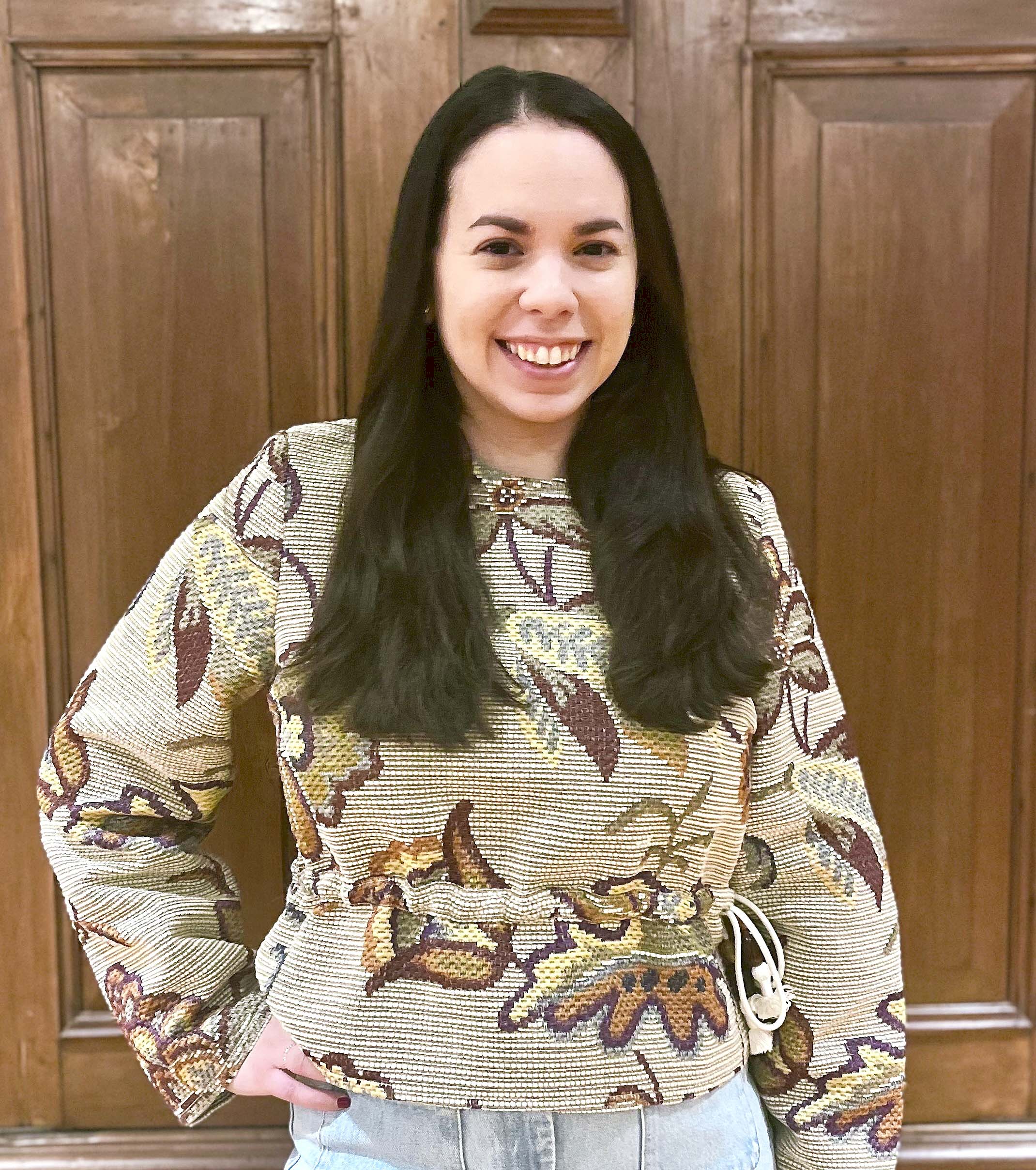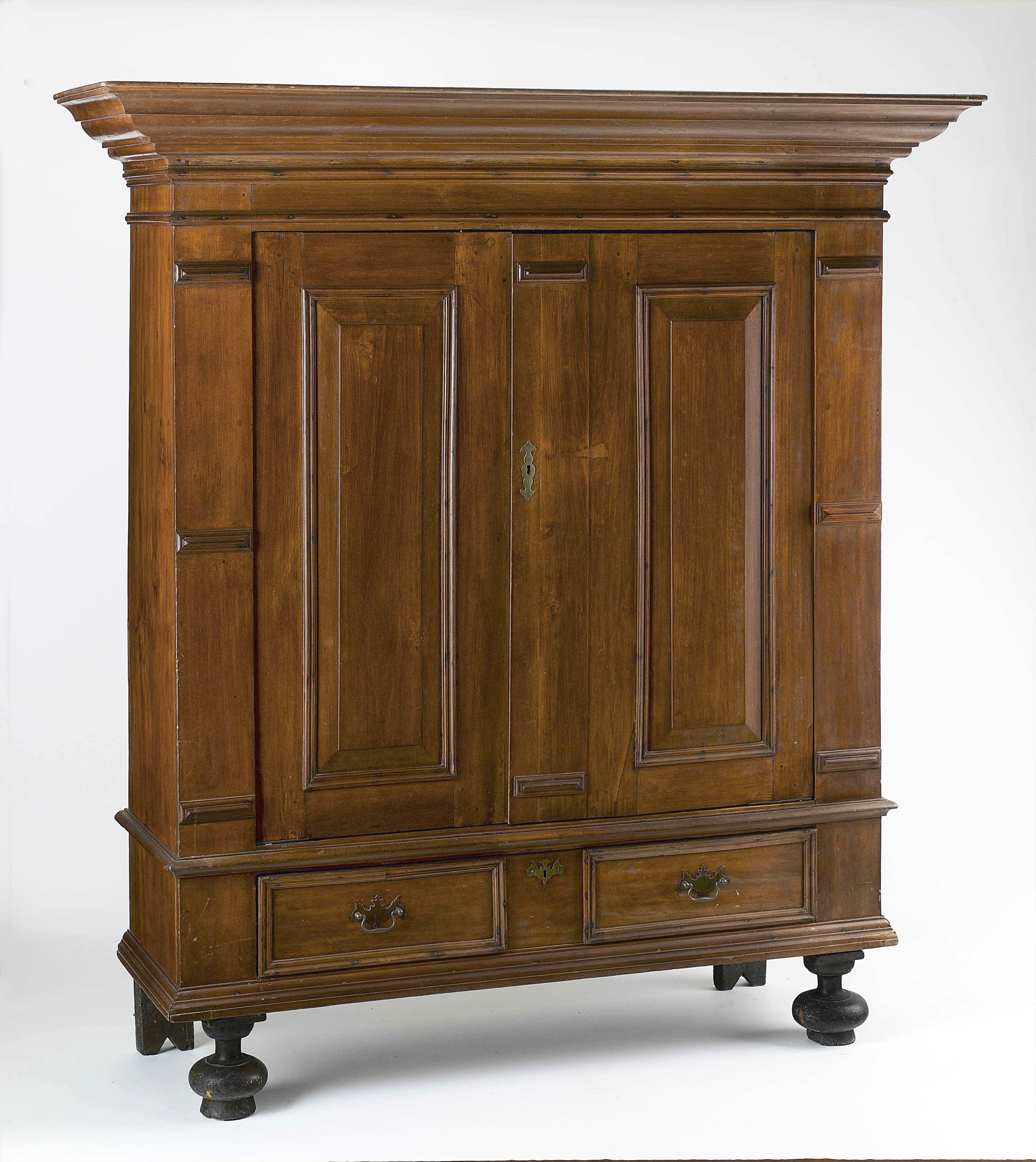
In December, the Decorative Arts Trust announced it had awarded its 2025-27 Curatorial Internship Grant to Preservation Long Island. PLI, as it’s known, advances the importance of historic preservation in the region through advocacy, education and stewardship while interpreting historic sites, collecting art and objects of material culture pertaining to Long Island and creating publications and exhibitions. We reached out to Lauren Brincat, PLI’s chief curator and director of collections, for some ideas of how the grant will be put to use and how it fits into PLI’s overall plans for the immediate future.
What does this grant mean for PLI?
Fifty years ago, Preservation Long Island (then the Society for the Preservation of Long Island Antiquities) embarked on a major research project that put Long Island decorative arts on the map for the very first time. The resulting publication, Long Island is My Nation, continues to be the definitive resource for the study of Long Island furniture and decorative arts. The Decorative Arts Trust internship grant dramatically enhances Preservation Long Island’s capacity to build upon this legacy and push scholarship forward, making it more relevant and accessible to Twenty-First Century researchers and the public. At the same time, it will provide an emerging museum professional with real, hands-on curatorial experience that will help launch them into a meaningful career in the field. Preservation Long Island is extremely grateful to the Decorative Arts Trust for jumpstarting what we see as a long-term effort to systematically reanalyze, study and provide greater access to Long Island’s rich material culture.
Can you specify a bit more about what those plans look like?
The Peggy N. Gerry curatorial fellow will take a leading role in a multi-faceted initiative dedicated to the study and interpretation of furniture made and used on Long Island from about 1640 to 1860. The central goal of this project is to create an interactive database website that includes photography and cataloging information for furniture housed in public and private collections across the region. This will be a game-changer for the study of Long Island’s woodworking and furniture-making history! To commemorate the Semiquincentennial next year, we will put together an exhibition that uses furniture and other related objects to explore relevant and under-studied themes connected to the 250th anniversary of the signing of the Declaration of Independence and the early beginnings of this country. The exhibition will also be accompanied by a small, printed catalog.

Kas, Queens County, N.Y., 1730-80, cherry and pine. Preservation Long Island, 1975.7.
For those readers who may not be familiar with PLI’s decorative arts collection, what are some of the highlights or most important pieces?
Collecting since its founding in 1948, Preservation Long Island is home to what is recognized as one of the most significant regional assemblages of material culture in New York State, documenting 400 years of local craft and history. Our comprehensive furniture collection reflects the complex political landscape and the convergence of diverse cultures that left lasting imprints on the region’s material life. An Eighteenth Century kas from Westbury is indicative of the enduring influence of Dutch culture on western Long Island. Meanwhile, a Seventeenth Century carved blanket chest from East Hampton shares stylistic similarities with examples from the English colony of New Haven and is the oldest piece in the collection. Other highlights include signed tall clocks and furniture by the Dominy Family of East Hampton, works by Eighteenth Century Southampton silversmith Elias Pelletreau and the earliest known portrait by artist Robert Feke, who was born in Oyster Bay. Other significant holdings include a group of some of the earliest named and dated American coverlets and paintings by German immigrant artist Edward Lange, who created detailed views of Long Island main streets, businesses and railroad depots during the 1870s and 1880s. His 1880 watercolor and gouache of the Huntington Brown Brothers Pottery is a real standout, showcasing the operations of Long Island’s largest earthenware and stoneware manufactory, the products of which are part of Preservation Long Island’s important ceramics collection.
Do you already have a curatorial fellow in mind?
We do not. We will be interviewing candidates soon.
Are there other initiatives related to the grant you can share with us?
As the only regional organization that studies and interprets Long Island furniture and decorative arts, we see a unique opportunity to provide professional development to local historical societies and museums that steward similar collections. In support of this effort, Preservation Long Island plans to organize a day-long symposium that will bring a group of notable scholars together to explore various topics connected to the study, care and interpretation of early Long Island and American furniture.
—Madelia Hickman Ring




